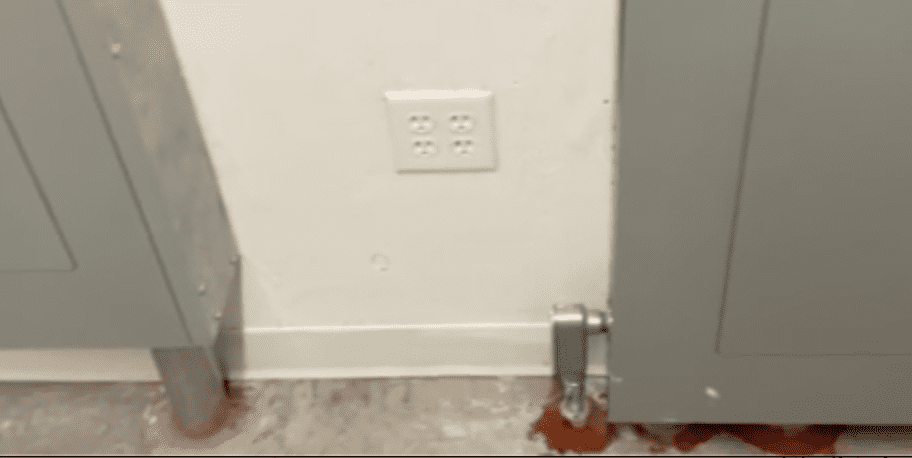T ratings
Next week we will launch into a discussion about T ratings for drains but I want to bring this to your attention here to give you something to think about.
The discussion about T ratings has evolved over the years. The legacy code (before the 2000IBC) had a requirement for T ratings, so this has been an overlooked code issue for as long as I have been in the industry (I started in 1999).
If you are working with the 2015 or later codes, you will see in the discussion about membrane penetrations through horizontal assemblies this code language. It will basically say that a penetration through a floor has to be able to stop fire (obviously), but it also has to be able to prevent the thermal transfer, or a T rating. I go into this a whole lot more in the training we do, but to keep this brief we are going to stick to the code. It says that you don’t have to worry about this T rating if your penetrating item is located inside or a wall (because if the housekeeping during construction is decent, we don’t have to worry about combustible things in the wall, like someone’s lunch trash…) There is a like about drains that we will tackle next week, and then there is this line I want to address today.
Floor penetrations of maximum 4-inch nominal diameter penetrating directly into metal-enclosed electrical power switchgear do not require a T rating.
Now we probably all know that this is NOT switchgear, right? How often do you see switchgear elevated off the floor slab? So, if you follow the letter of the code, you have to maintain a T rating on these. I have worked on a few projects that have successfully requested that these boxes be excluded from requiring a T rating.
If you are a designer and you want to know my favorite way to get around this, message me and I will let you in on my idea and you can see what you think.
To all you AHJ’s and AORs what would you say if you got this request and why?

